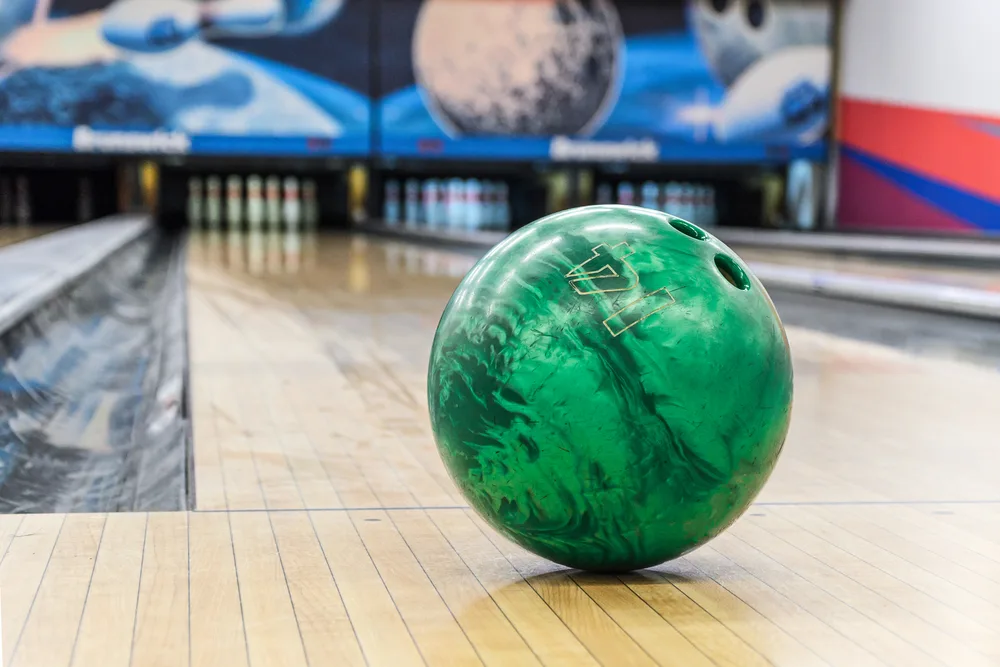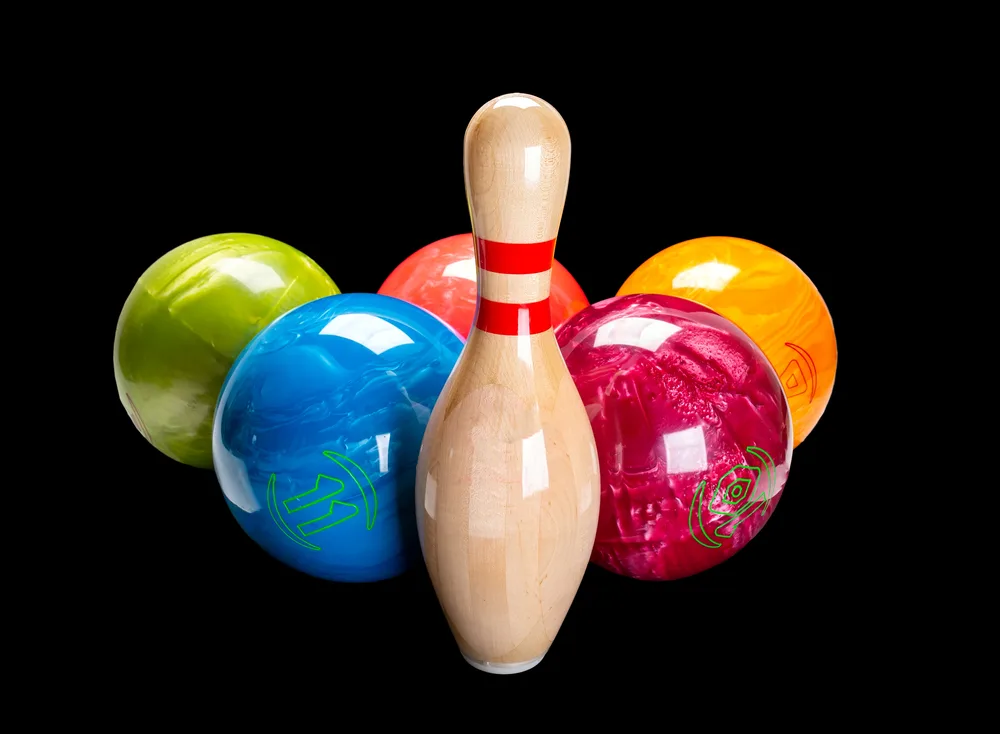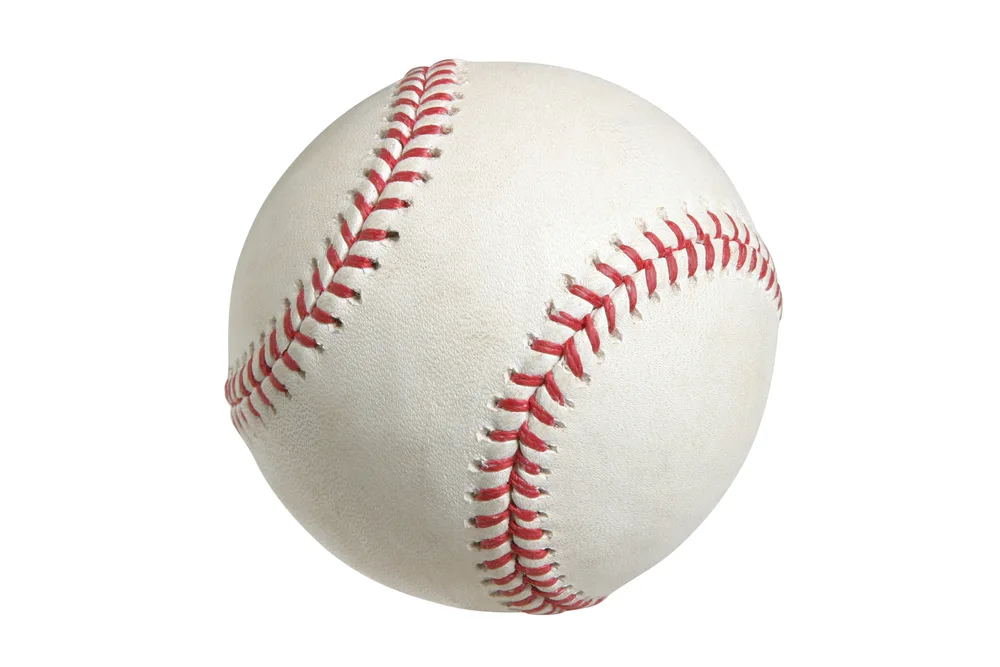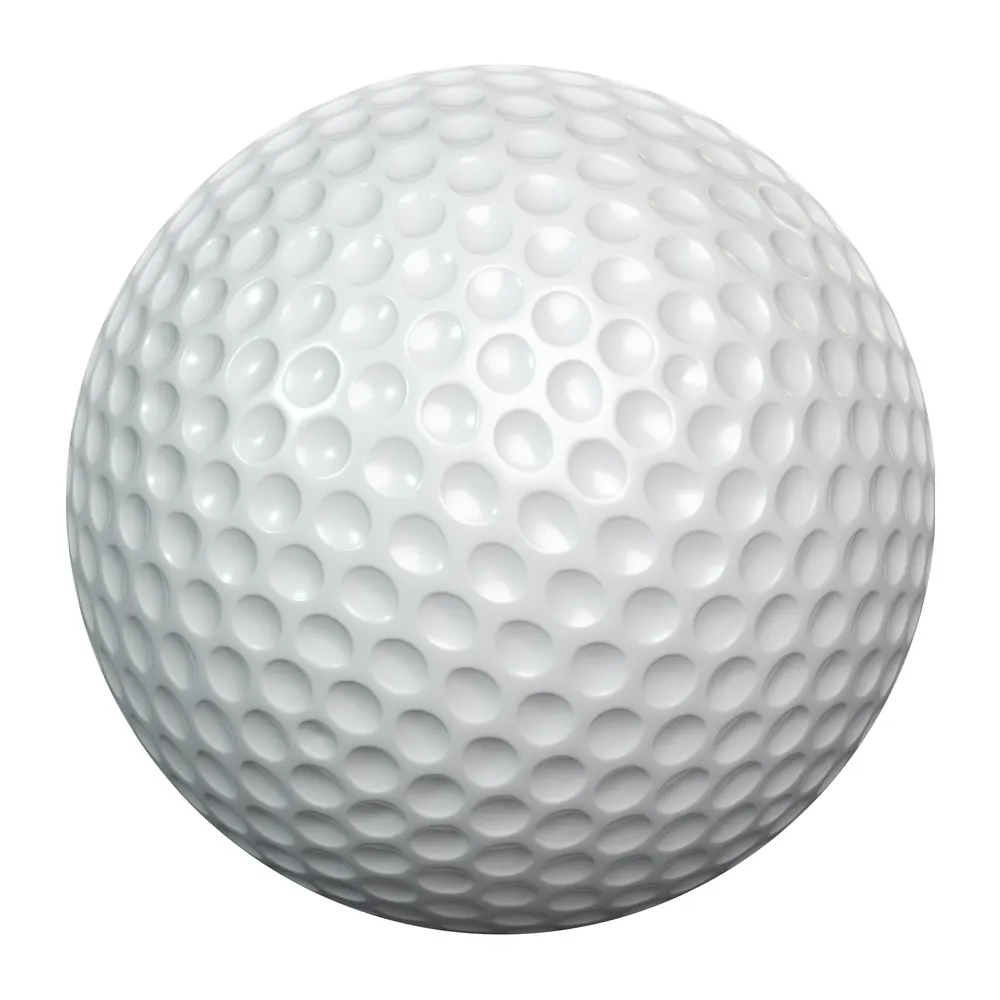
Does a bowling ball float? To many, it’s a mystery. Being that they’re weighted and have finger holes, it’s no surprise that people aren’t sure whether bowling balls can float.
If you’ve been mulling this issue over and are at a loss, this article is for you. In this article, we’ll look at whether bowling balls float in water and share several reasons why (or why not). Let’s get right into it!
Contents
Does a Bowling Ball Float?
Whether your bowling ball floats or sinks depends on the density of the ball. Even though bowling balls of different weights are roughly the same size, their densities may vary widely.
Any bowling ball that weighs twelve pounds or less will float, while balls that weigh more than twelve pounds will sink immediately.
Why Do Some Bowling Balls Float?
Bowling balls float or sink according to their density. Density refers to the amount of space an object occupies in relation to its mass or the amount of matter it contains.
For example, a two-foot concrete slab is much heavier and denser than a two-foot block of Styrofoam. Even though the two appear to be the same size, the atoms making up the concrete are packed much more tightly together.
The science behind density is somewhat complicated.
So, we’ll keep the technical jargon to a minimum. Let’s start with a couple of straightforward statements that will always be true:
- If the bowling ball is denser than the water, it will sink.
- If the ball is less dense than the water, it will float.
While pure, fresh water has a density of 1g/cm3, the density of bowling balls starts at around 0.666 g/cm3. Bowling balls of different weights also have varying densities, with the heavier ones being the densest.

Saltwater vs. Freshwater
Saltwater (e.g., dead sea) is much denser than freshwater because salt molecules increase the water’s mass without having too much of an impact on the actual volume.
While freshwater has a density of 1g/cm3, the density of saltwater starts at 1025 kg/m3. So, in theory, a bowling ball that sinks in freshwater may float if you drop it in salt water instead.
Even heavy bowling balls will float if the water has a high enough salt content.
Will a Bowling Ball Float in the Pool?
Like freshwater and saltwater, bowling balls may float in pool water based on their density. The same principle applies – if the bowling ball is denser than the water, it will sink.
Pool water comes in several compositions. For instance, it may contain varying levels of chlorine and salt.
Any salt present in the water will increase the water’s density, making the bowling ball more likely to float.
Chlorine can also raise water’s density, though to a much lower degree. It’s not feasible for most people to measure the density of their pool water, and you don’t need to.
Unless your pool water is filled with fresh water, its density is probably elevated, and your bowling ball is likely to float on top of it if it’s on the lighter side.

Will a Bowling Ball Float in the Ocean?
If you dropped your bowling ball in the ocean, it might float, but that depends on the density of the ball in relation to the density of the water. The vast majority of ocean water is salt water, except in the Arctic and Antarctic Oceans.
Excluding the non-saltwater oceans, due to the relatively high density of ocean water in comparison to fresh water, there’s a higher chance of your bowling ball floating in saltwater than in freshwater.
Bowling Ball Weight Range
The lightest bowling balls, usually reserved for children and the disabled, start at 6 pounds. Adults and professional bowlers use much heavier bowling balls, the heaviest of which is up to 16 pounds.
Even though there is only a 10-pound difference between the lightest and heaviest bowling balls, the weight makes a considerable difference in the density of the ball and whether the ball will float or sink in water.
If for some reason, you are bowling near water and don’t want it to sink if it happens to roll away from you, you should opt for a ball that weighs less than 12 pounds.
That way, there’s a good chance that your bowling ball will float, and you’ll have the opportunity to retrieve it. Just be sure not to approach dangerous situations to get your ball back.

Do Bowling Pins Float?
Now that you know some bowling balls float, are you curious whether bowling pins can do the same? Unlike bowling balls, there isn’t a lot of variation in how much bowling pins weigh.
Bowling pins weigh between 3 pounds and 6 ounces on the light end and 3 pounds and 10 ounces at their heaviest.
Although traditional bowling pins are made of wood, you might come across some that are made of plastic. Regardless, wooden and plastic bowling pins float, given their low weight and density.

Do Other Balls Float?
You know that bowling balls float, at least sometimes, and that bowling pins always float. But do other balls float?
In this section, we’ll look at a few other commonly used balls and determine whether they do indeed float.
Basketballs

Basketballs float on the water since they have a relatively low density. This applies to both saltwater and freshwater.
So, if you happen to throw your basketball into a body of water, you’ll see it floating there indefinitely.
Baseballs

Baseballs are a bit different. They will initially float because their density is lower than that of water. However, as the water gets into the ball between its stitches, it will start to sink.
The amount of time a baseball takes to sink will depend on how old the ball is.
The amount of wear and tear at the stitches determines how quickly the water gets into the ball and causes it to sink. The type of water doesn’t matter in this case.
Golf Balls

Real golf balls differ from the previously mentioned balls, as they are always denser than water. If they somehow get into the water, they will sink immediately.
Fake golf balls like those found at a mini-golf course have a much lower density than water. So, these fake ones will simply float along the water.

Where to Get a Bowling Ball that Floats on Water
Recall that a bowling ball will float on water if its density is lower than that of water. With that in mind, you can take your pick of any bowling ball that’s 10 pounds or less.
But don’t let a ball’s floating ability be the only thing you consider when choosing a ball.
You should also consider the ball’s internal structure (which determines whether it hooks or not), it’s outer covering which can affect hook appeal and speed, and more.
One of the best ways to pick the perfect bowling ball is to get it from a professional bowling shop.
The experts there will walk you through the process of finding the ideal bowling ball and give you a wide selection of quality balls to choose from.
How does a bowling ball float?
A bowling ball floats because its density is less than water. So, any bowling ball less than 12 lbs will float.
Does a bowling ball float in the ocean?
It might float. Depending on the density of the ball in relation to the density of the water. There’s an increased chance of your bowling ball floating in saltwater.
How fast does a bowling ball sink in water?
In seawater, a 13-pound bowling ball would take 4 1/2 hours to reach the bottom since it’s much closer to being impartially buoyant. A bowling ball composed of solid iron, on the other hand, would sink in half an hour.
Related Articles
- What is the Heaviest Bowling Ball Allowed in Regulation
- What Is a Bowling Ball Made Of
- How Heavy Are Bowling Pins
You’ll also be able to get the finger holes measured and drilled to the exact dimensions of your hand. That will give you the best grip and help ensure you can roll your ball without any issues.
There you have it!
Depending on the size of the bowling ball in question, some of them do float while others sink. Regardless of the item, whether or not something floats depends on its density.
If you want to float a bowling ball, just grab one that’s less dense than water! We hope this article answered all your questions and provided you with all the information you were after.
Kira Byrd, a Certified Fraud Examiner, holds a B.S. in Accounting from the University of Alabama at Birmingham. With a passion for bowling from her childhood, Kira has poured her expertise and personal experiences into creating and nurturing Bowling For Beginners. Kira’s mission is to meet new bowlers where they are and guide them toward consistently achieving higher scores. With a focus on skill development and strategic techniques, she empowers readers to take control of their game and unlock their true potential.
Bowling For Beginners embodies strict editorial integrity, ensuring reliable and unbiased information. Kira’s commitment to delivering valuable insights and practical strategies is reflected in every article. Here’s an explanation of our editorial policy and how we get money.

